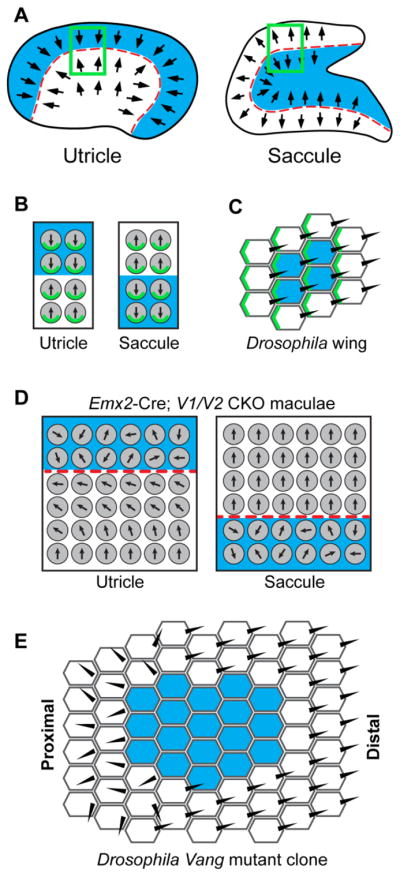Figure 8. Domineering non-autonomy in Emx2-Cre; V1/V2 mutants resembles Drosophila mutant clones.

(A) Emx2-Cre (blue shading) is expressed in the lateral region of the utricular maculae and the inner region of the saccular maculae, and creates a genetic boundary of Cre-mediated recombination that parallels the LPR (red dashed line) found in both organs. (B) In the utricle, the VANGL/PRICKLE PCP complex (green) is enriched at the hair cell boundary opposite of the Emx2-Cre boundary while in the saccule this complex is at the adjacent hair cell boundary. (C) For genetically labeled clones in the Drosophila wing, VANG (green) is enriched at the cell boundary opposite of the clone in proximal locations and enriched at the cell boundary adjacent to the clone in distal locations. (D) When PCP signaling is disrupted along the mutant boundary in Emx2-Cre; V1/V2 CKOs, a domineering non-autonomy phenotype is revealed by the reorientation of neighboring wild type cells in the utricle. Similar non-autonomous phenotype does not occur in the saccule. (C) Domineering non-autonomy phenotypes are similarly restricted to the proximal side of Vang mutant clones in the Drosophila wing.
